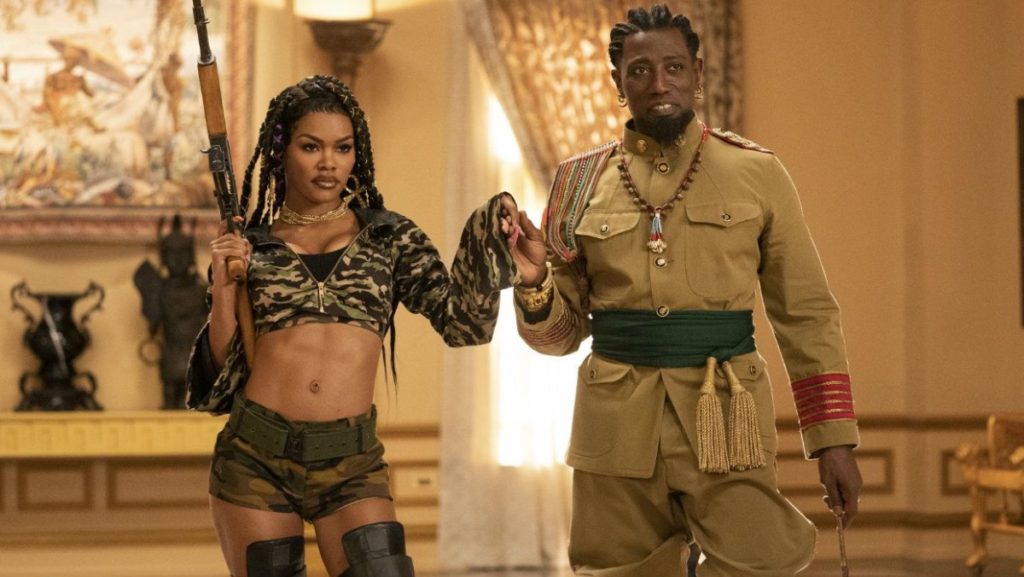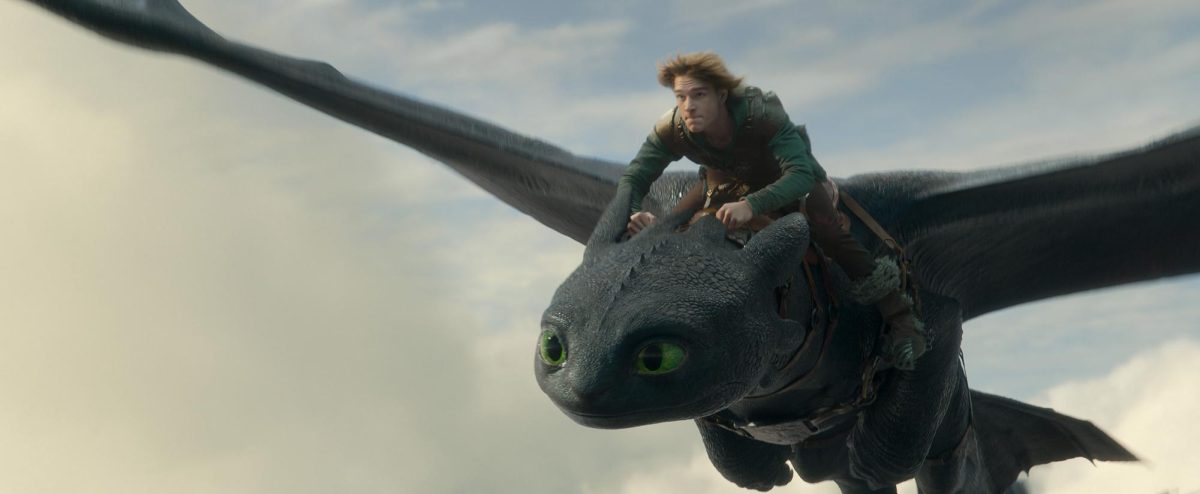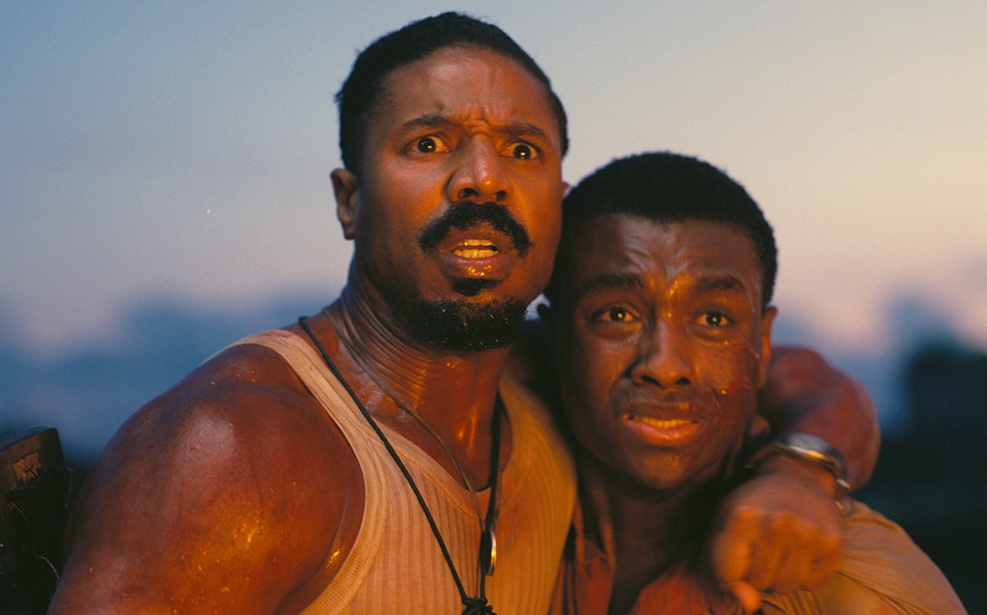A years-too-late — decades-too-late, even — comedy sequel lacking the energetic spark and laughs of the original should come as a surprise to no one. What does come as a surprise in “Coming 2 America,” though, is the extent of the quality disparity between films. In theory, the familiar jokes and concepts from the 1988 original ought to still garner some chuckles. But “Coming 2 America” — directed by Craig Brewer replacing John Landis — pushes its outmoded comedy even further, seeing exactly how unfunny it can make a movie full of famous comedians.
If the original “Coming to America” deserves its title as a fish-out-of-water comedy classic, then “Coming 2 America” feels just as out of place as Prince Akeem (Eddie Murphy) first arriving in Queens. On the 30th anniversary of the prince finding his princess in America, King Jaffe Joffer (James Earl Jones, of fictional African country Zamunda, passes away, leaving Akeem to marry away one of his heirs to create peace with a next-door nation.
Any plot beyond the set-up mostly serves to link together innocuous comedy set-pieces reminiscent of the original, with the exception of one incredibly frustrating sequel trope: the addition of a child. Hot on the heels of this cliche appearing in last year’s “Borat Subsequent Moviefilm,” this plot point only hammers home some unfortunately lazy writing. Murphy himself is no stranger to this trope with the sequels to his “Dr. Dolittle” remake. Yet, it does lead to the addition of Jermaine Fowler as Lavelle, Akeem’s son, hamming up a reversal of the original’s bohemian attitudes — arguing Queens or Zamunda are equally homely, depending on the community.
The film’s biggest surprise comes in the form of its newcomers. Fowler fulfills the youthful naivete of Murphy in the original. The inclusion of Wesley Snipes, Tracy Morgan and Kiki Layne provide excellent appearances, even if underutilized. Snipes nails the role of the villain as General Izzi, playing the delirious militant leader of Nextdooria, forcing Akeem into a peace treaty. His performance leans heavily into goofy exaggeration, staying as far away from actual commentary on international relations as possible. Morgan as Lavelle’s Uncle Reem and Layne as Akeem’s oldest daughter, Meeka, make less of an impact, but their exciting presence as comedic relief serves to break the monotony of callback jokes and annoying meta-references to lackluster sequels.
The pairing of Murphy and Arsenio Hall as Akeem’s best friend Semmi, combined with a light-hearted celebration of Blackness, remains exuberant if a bit past its best-by date. The best moments of the film update the commentary on Black life in America to a 21st century climate. However, the original’s constant visual juxtaposition between lush Zamunda and frigid Queens gets replaced with a couple of passing nods in the script to gentrification and former President Obama, creating an acknowledgment of history’s effect on these characters between the events of each film. Even though realism is hardly the goal of “Coming 2 America,” these mentions give even minor depth to otherwise light characterization. The film purposely keeps emotions smooth, reinforced by intermittent musical numbers with cameos from the likes of Gladys Knight and Teyana Taylor. This certainly makes “Coming 2 America” a breezy viewing experience, just one without much reason to invest attention.
If “Coming to America” did not exist, then perhaps “Coming 2 America” would work as an overextended pilot to a sitcom predetermined for a short lifespan. Minus any of the real romance or growth, these characters’ journeys feel cut short. The flat, green screen-heavy approach to the world building of Zamunda feels all the more destined for the small screen compared to the rugged New York City of the first film.





















